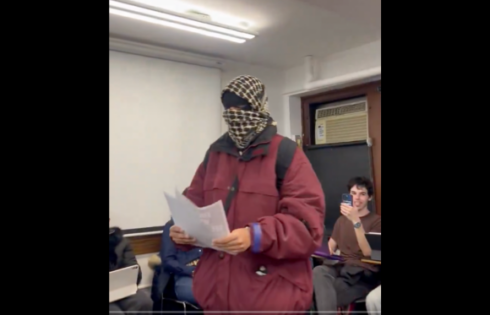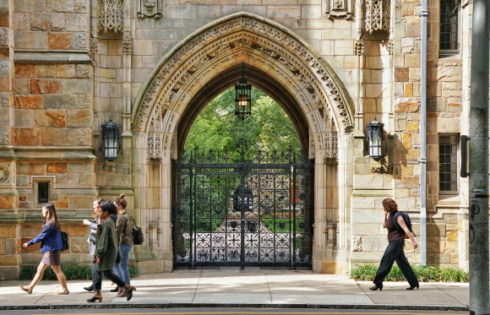
Here and there I’ve mentioned a purely hypothetical pamphlet which would give guidance regarding which identity group is the most tyrannized — a sort of “pecking order” oppression.
In essence, a sort of CliffsNotes on “intersectionality” titled the “Politically Correct Hierarchy Handbook.”
The latest incident necessitating such a publication comes from across the pond where Muslim parents in Birmingham, England successfully nixed school lessons on LGBT issues.
One of the leaders of the anti-LGBT curriculum protest, Amir Ahmed, said “Fundamentally the issue we have with [the curriculum] is that it is changing our children’s moral position on family values on sexuality and we are a traditional community. Morally we do not accept homosexuality as a valid sexual relationship to have. It’s not about being homophobic… that’s like saying, if you don’t believe in Islam, you’re Islamophobic.”
Also in the UK recently, a Catholic who committed the grievous error of using the wrong pronoun when addressing a transgender person ended up being interviewed by the police.
 What to make of this? What if it was a Catholic who had objected to the LGBT school lessons? Would there not be a lot more of an uproar in the media — and not about the lessons? What if a Muslim had used the wrong pronoun?
What to make of this? What if it was a Catholic who had objected to the LGBT school lessons? Would there not be a lot more of an uproar in the media — and not about the lessons? What if a Muslim had used the wrong pronoun?
Is it any wonder people get confused about who/what/when/why is “offensive”?
One thing is for sure: You can bet that progressive admirers of political correctness want to preserve such. By keeping the “rules” constantly in flux they can always claim the moral high ground (such that it is). They don’t want a hierarchy written in stone to which someone can point and say “SEE??” Such would defeat their goal of maintaining a state of perpetual grievance.
But what if there were such a “pecking order”? What would it look like? One thing is for certain: Straight white males would be located at rock bottom.
Well, here it is: The lower your score, the more oppressed you are. The, er, “intersectionality quotient” is based upon the most commonly aggrieved groups in the United States; half points can be added (or subtracted) for additional religious and ethnic considerations (i.e. Jewish, South Asian as opposed to East Asian, etc.) …
1. LGBTQ Muslim black female (-identified)
2. LGBTQ Muslim black male (-identified)
3. LGBTQ black female (-identified)
4. LGBTQ black male (-identified)
5. Muslim black female (-identified)
6. Muslim black male (-identified)
7. Black female (-identified)
8. Black male (-identified)
9. LGBTQ Muslim Latinx female (-identified)
10. LGBTQ Muslim Latinx male (-identified)
11. LGBTQ Latinx female (-identified)
12. LGBTQ Latinx male (-identified)
13. Latinx female (-identified)
14. Latinx male (-identified)
15. LGBTQ Muslim Asian female (-identified)
16. LGBTQ Muslim Asian male (-identified)
17. LGBTQ Asian female (-identified)
18. LGBTQ Asian male (-identified)
19. Asian female (-identified)
20. Asian male (-identified)
21. LGBTQ Muslim white female (-identified)
22. LGBTQ Muslim white male (-identified)
23. LGBTQ white female (-identified)
24. LGBTQ white male (-identified)
25. White female (-identified)
26. White male (-identified)
MORE: College conference to explore ‘dominant systems of oppression’
MORE: Ivy League students put through anti-oppression training
IMAGES: Shutterstock.com, frightMaster1305 / Shutterstock.com
Like The College Fix on Facebook / Follow us on Twitter







Please join the conversation about our stories on Facebook, Twitter, Instagram, Reddit, MeWe, Rumble, Gab, Minds and Gettr.